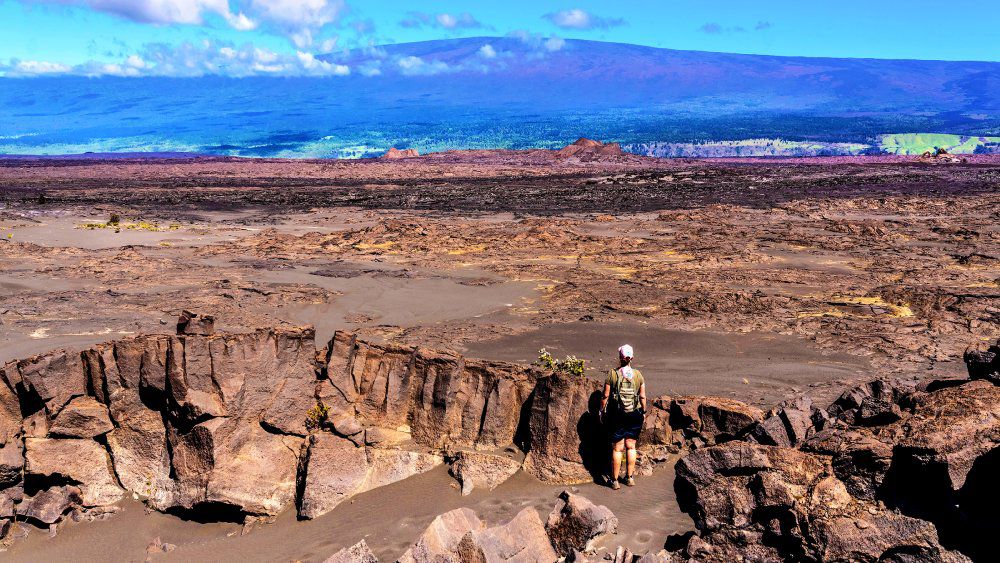HAWAII VOLCANOES NATIONAL PARK, Hawaii — The Air Tour Management Plan for Hawaii Volcanoes National Park, which had been in the making for two decades, was completed on Dec. 20 by the National Park Service and Federal Aviation Administration, according to a news release.
The plan allows air tours to operate at reduced levels over the park and within a half-mile of the park's boundary to protect natural and cultural resources, the wilderness, the integrity of Native Hawaiian sacred sites and ceremonial areas, and visitor experiences.
According to the release, operators will be able to continue to conduct air tours within the Air Tour Management Plan boundary "up to the limit of Interim Operating Authority and until their Operation Specifications are amended," which is set to occur "no later than 180 days after the date the plan takes effect."
Plan specifics:
• Authorizes up to 1,548 air tours annually on three specific routes within the plan's boundary, a significant reduction from over 11,300 flights per year.
• Air tours can occur between 10 a.m. and 2 p.m. on Mondays, Tuesdays, Thursdays and Fridays. Air tours using quiet technology can fly from 9 a.m. to 5 p.m. on these days and on Wednesdays.
• Air tours are limited to three specific routes that avoid the summit of Kilauea, visitor use areas, and park wilderness, and protect key cultural and natural resources.
• Identifies no-fly days that include Sundays, six traditional Hawaiian holidays – end of the Makahiki season (typically in January), Zenith Noon (typically in May and in July), Summer Solstice (June), start of Makahiki season (normally October), and Winter Solstice (December) – and two days that honor and acknowledge Hawaii Island alii – Ruth Keʻelikōlani (Feb. 9) and Bernice Pauahi Bishop (Dec. 19).
"The ATMP is more than 20 years in the making. It significantly reduces the number of low-flying air tours over the park to protect the natural and cultural resources, the wilderness character, and the general visitor experience," said Hawaii Volcanoes National Park Superintendent Rhonda Loh in the release. "We deeply appreciate everyone's input throughout this long process with us."
Native Hawaiian organizations, land management agencies, communities and recreation groups played a part in developing the ATMP that addresses and responds to concerns identified during meetings between representatives of these groups and through public comment.
The ATMP is available for public viewing on the Planning, Environment and Public Comment website.
Sarah Yamanaka covers events, environmental and community news for Spectrum News Hawaii. She can be reached at sarah.yamanaka@charter.com.



